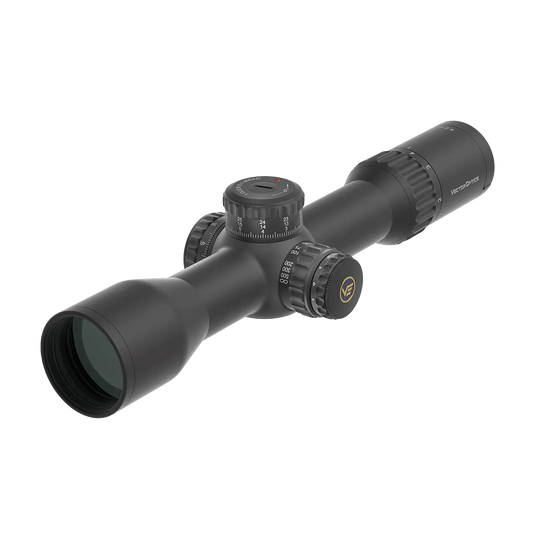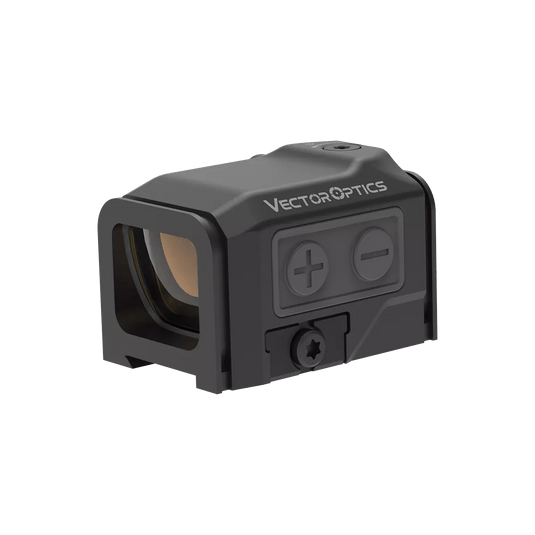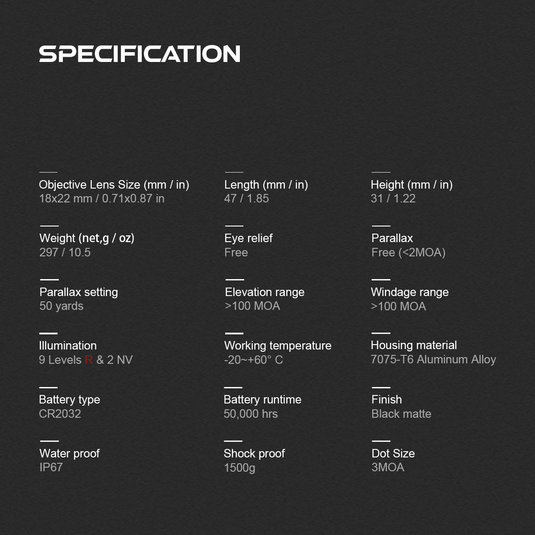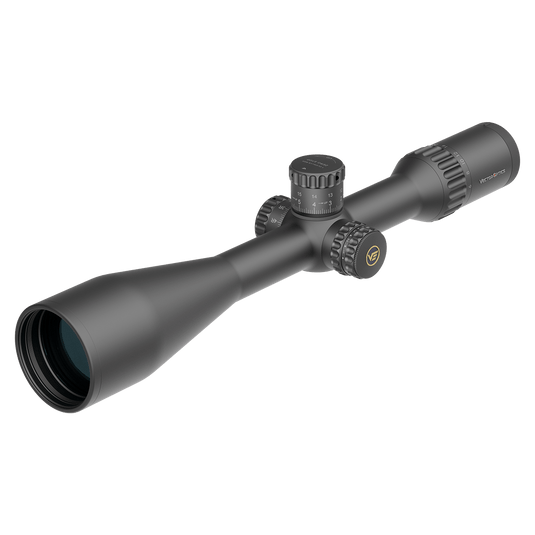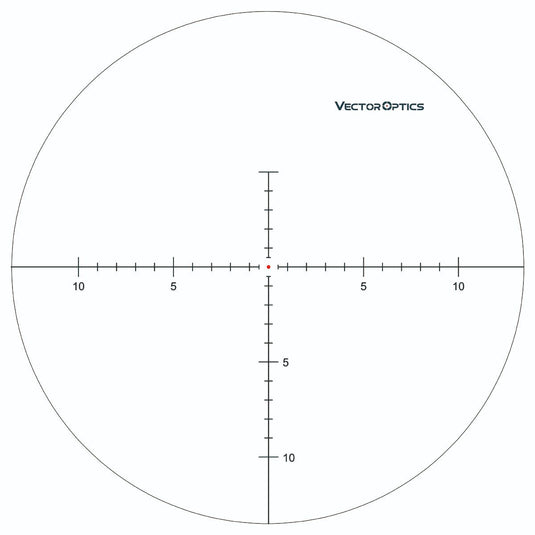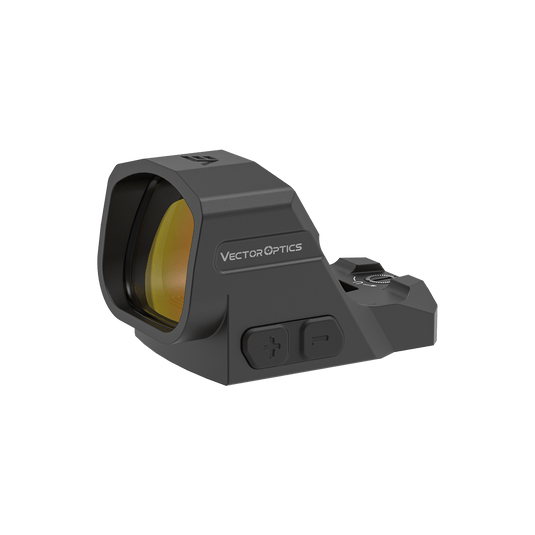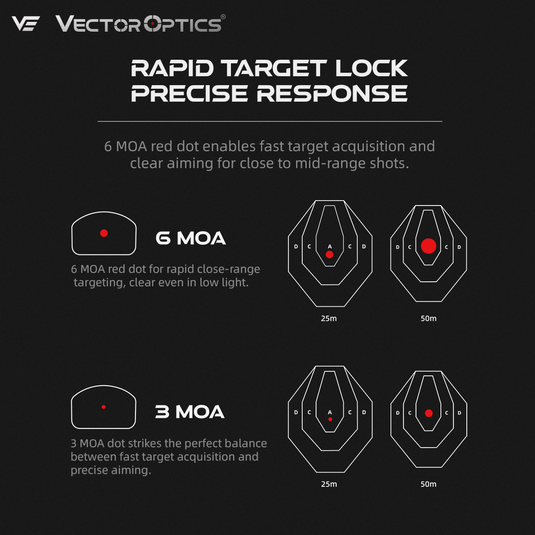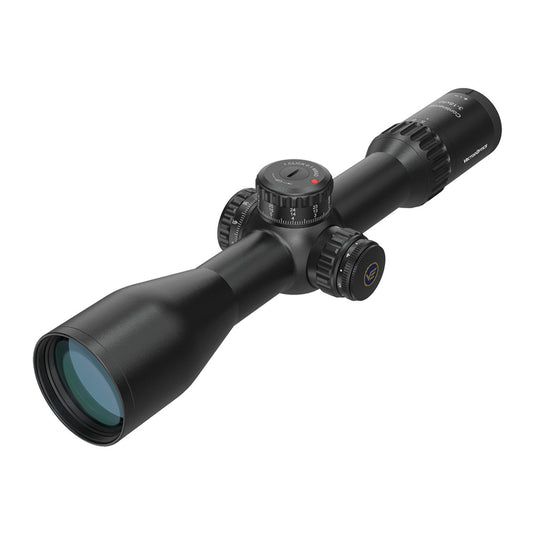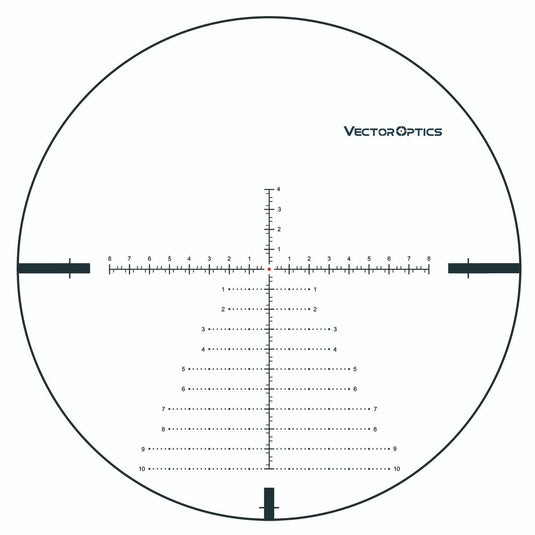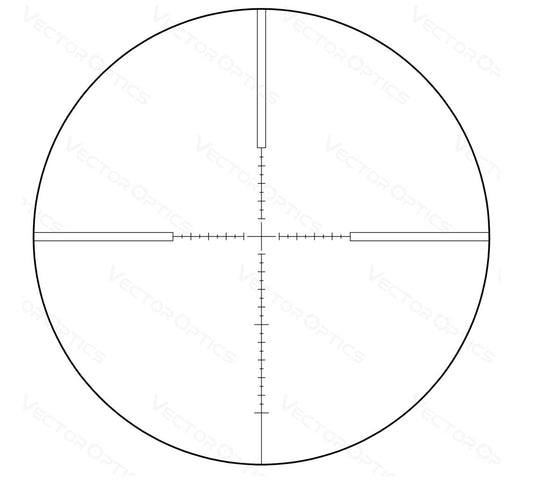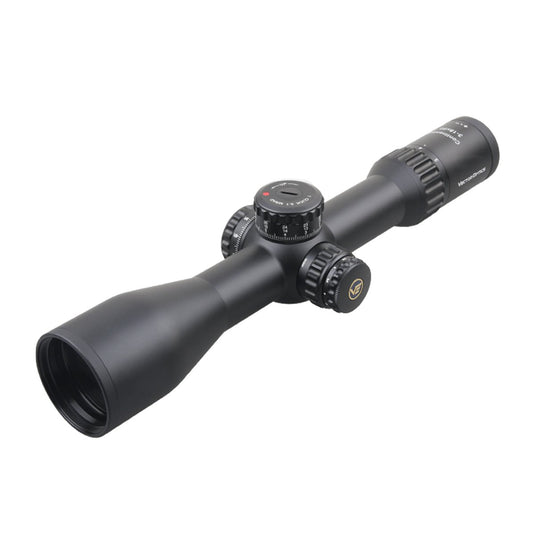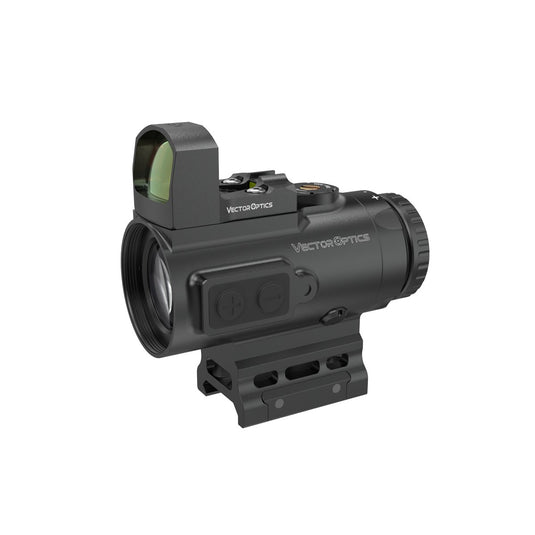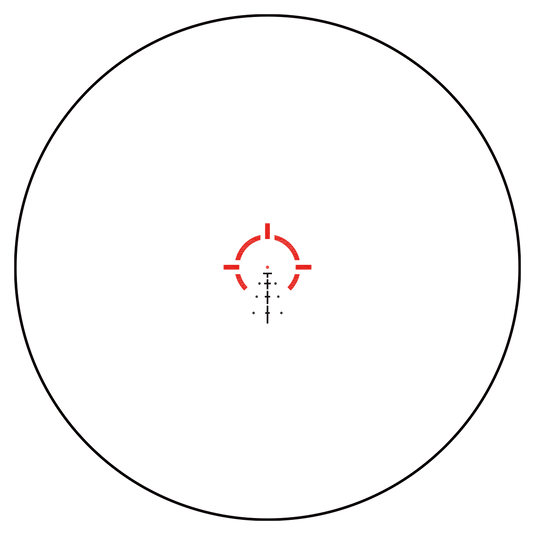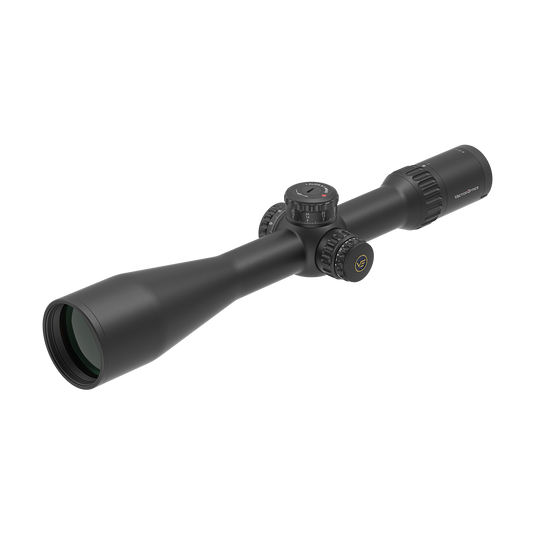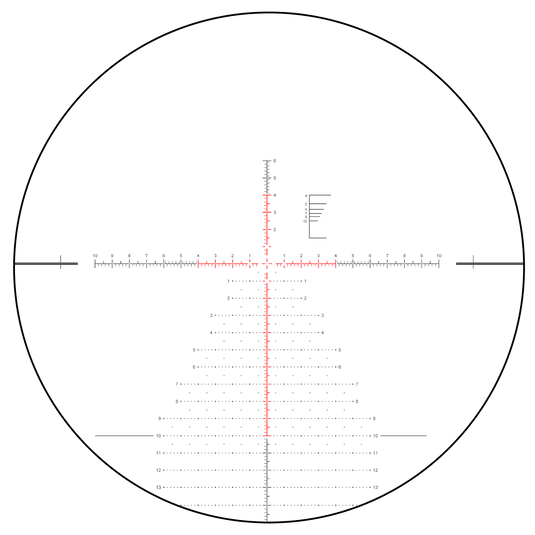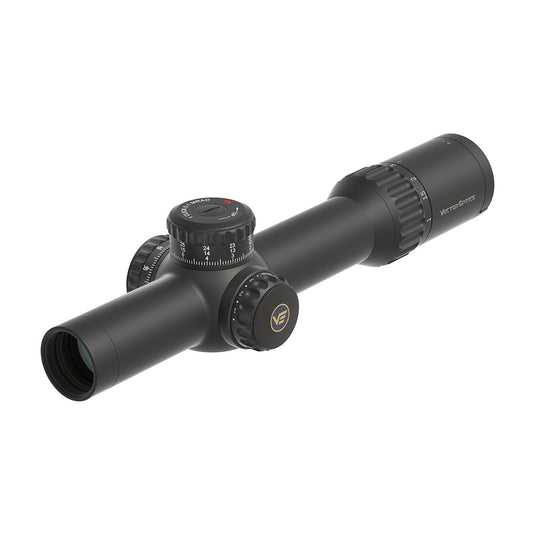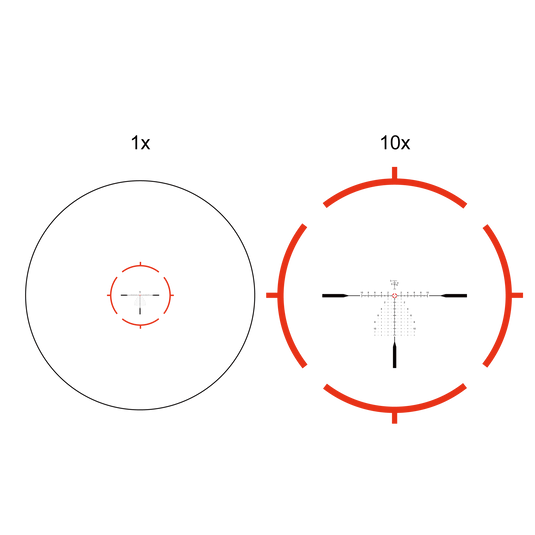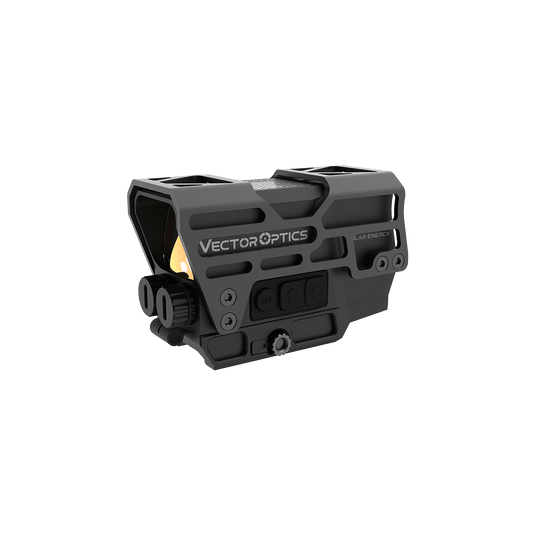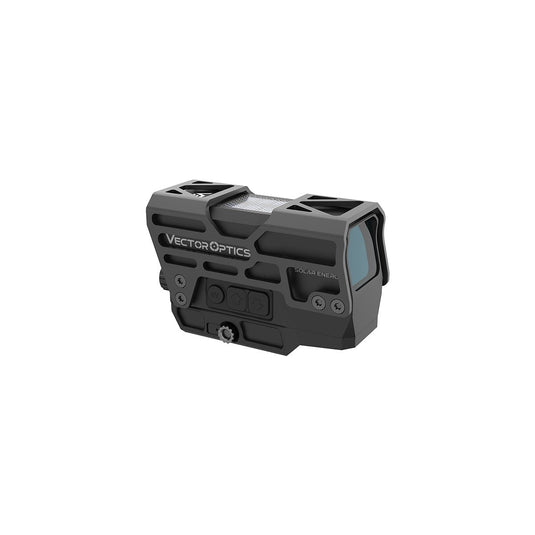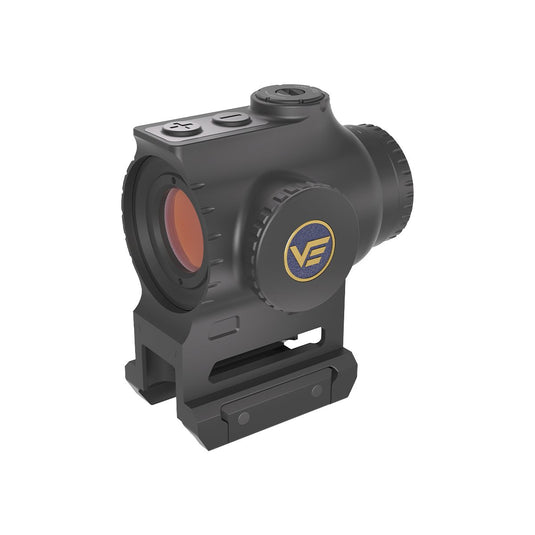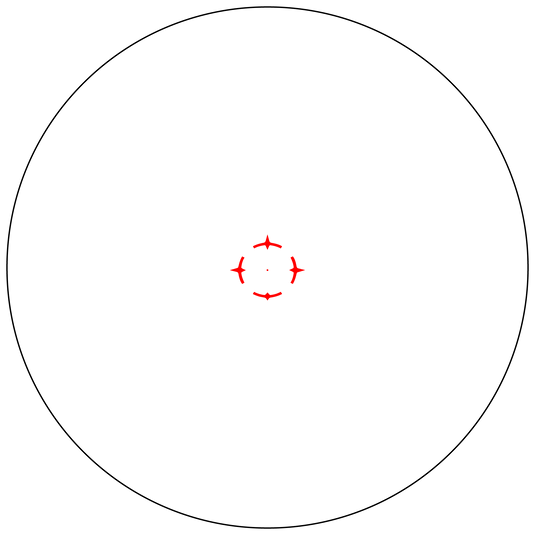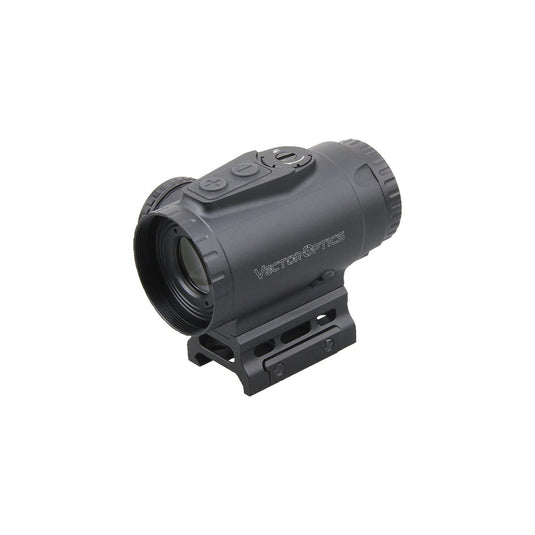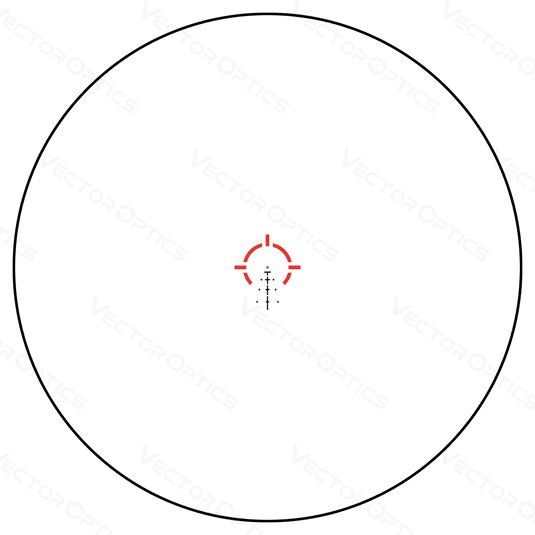Evelyn: Stephen, does bigger tube size lead to better light transmission or light gathering? Should I purchase a 34mm scope for better light transmission?
Stephen: Emm...Before I answer this question, I need to correct it first. A scope can only transmit light but can not gather light.
Evelyn: Really? I often hear “light gathering” on scope issues.
Stephen: Yes, some people even take “light gathering ability” as the main feature to judge a scope, it’s a very common misunderstanding.
Evelyn: What a surprise!
 Stephen: For light transmission, it does matters. Many scopes performs well during the daytime, but only some scopes can do it well at night. It is said that, an excellent scope’s light transmission value maximum can reach to 90% while a top class scopes’ can reach to 94%-95%!
Stephen: For light transmission, it does matters. Many scopes performs well during the daytime, but only some scopes can do it well at night. It is said that, an excellent scope’s light transmission value maximum can reach to 90% while a top class scopes’ can reach to 94%-95%!
Evelyn: Wow, that’s amazing!
Stephen: Yeah, come back to the question. The answer is simple: No. There are many factors influence the light transmission but never tube size. There's no noticeable difference in light transmission among 1inch, 30mm and 34mm tubes.
However, generally speaking a larger diameter tube can provide more elevation adjustments which is an advantage.
Evelyn: So what are the main factors contributes to light transmission? Objective lens size and Ocular lens size?

Stephen: The objective lens size is one of them, but the more critical is the exit pupil, coating and optical system.
Let's talk about the objective lens size first. The larger the objective lens, the more light it allows to pass, but not always better light transmission. Cause it also related to the magnification. The more magnification, the less light transmission.
Evelyn: I don't understand.
Stephen: There is a formula which can help you to understand better: Divide the objective diameter by magnification. The larger the value, the more light is transmitted.(Picture 3)
This formula calculates the second factor I just mentioned: Exit Pupil.
Evelyn: How to use this formula?
Stephen: For example,as picture 3 shows, if you use a 1-6x28 scope and a 4-24x56 scope both at their biggest magnification, the image of 1-6x28 scope is more bright, cause 28 divided by 6 equals 4.6 while 56 divided by 24 equals 2.3.
In this case, smaller objective lens scope won the better light transmission.

Evelyn: Wow, amazing! So l just need to check the exit pupil data, and choose the biggest one if I want the best light transmission effect?
Stephen: Not exactly, too large an exit pupil is also impractical cause it also limited by our own pupils. Age, light, environment and many other factors all influence our eye pupil size.
Suppose our pupil size is 7mm, no matter how big the exit pupil is, light exceeding 7mm will not be received by the eyes like picture 4 shows. Therefore, we don't have to buy an extra large exit pupil for best light transmission.

Evelyn: Okay, I got it. How about coating?
Stephen: Oh, coating is also worthy of mention. Coating can be seen on the objective lens, which is a layer of colored reflection.
There must be some loss when the light passes through the lens of the scope. The more lenses, the more losses.

Then the coating comes into play, which can reduce these losses and help to get a better image(Picture 6).

Evelyn: It turns out that the color on the objective lens is brought by the coating!
Stephen: Yeah. For how the coating works, we will discuss later! Finally, there is no doubt that the optical system will also affect the light transmission. Expensive scopes are expensive mainly because of their excellent optical system.This is also the part that all manufacturers and brands are doing their best to improve.
Evelyn: Oh, it make sense!
Stephen: Yep! Hope these can help you!
Evelyn: Yes,of course! Thank you so much for telling me these!Could you pls recommend some riflescopes with high light transmission?
Stephen: You are welcome~


